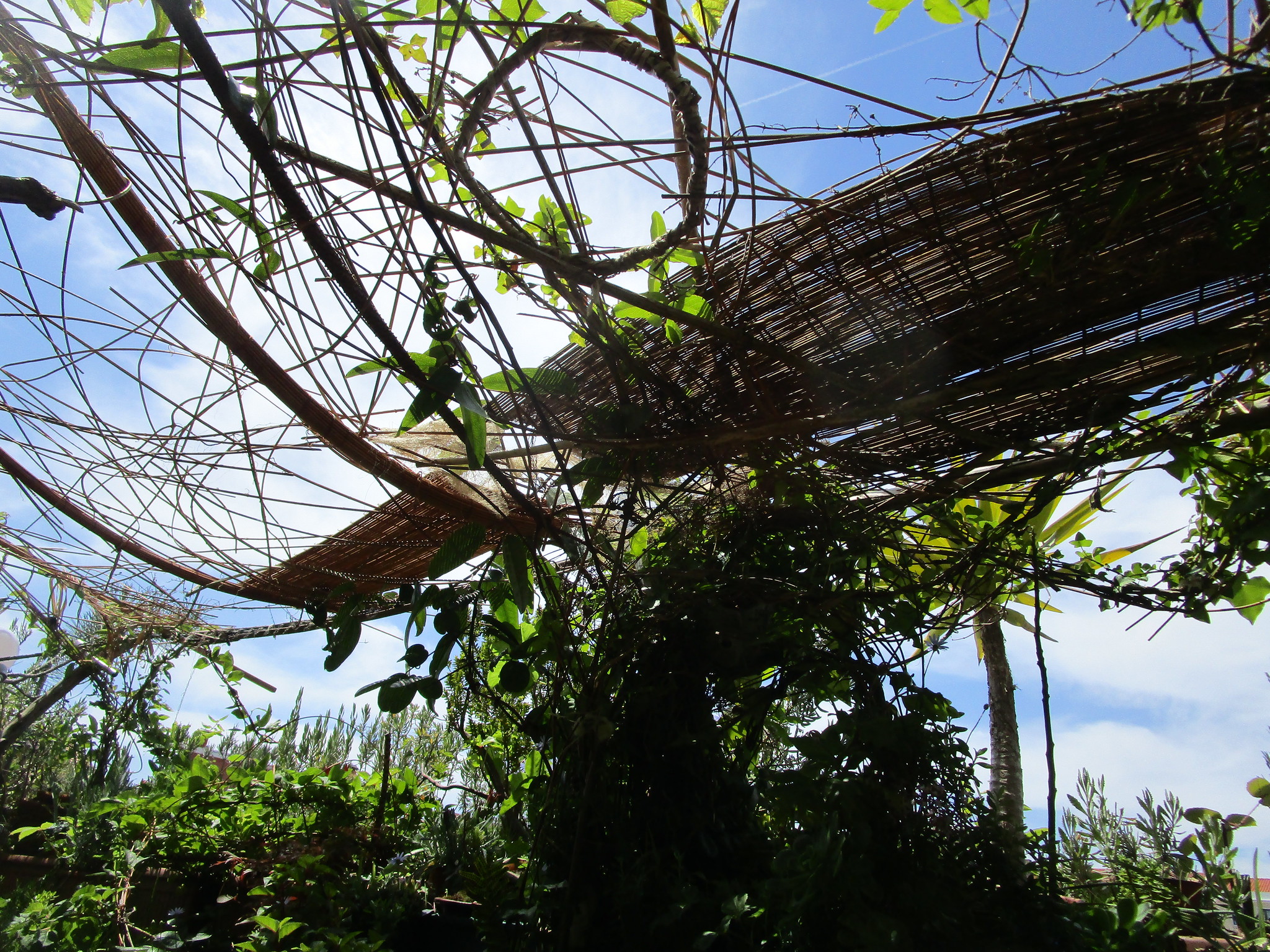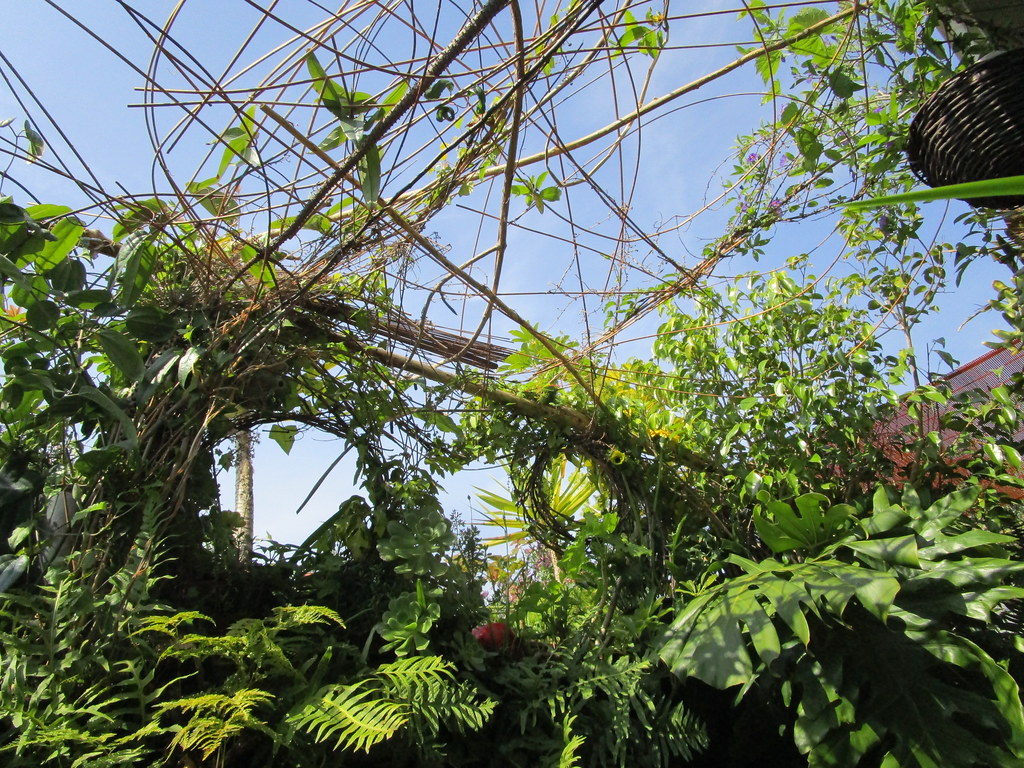
"Cyberstalking is the use of the Internet or other electronic means to stalk or harass an individual, group, or organization. Cyberstalking is often accompanied by realtime or offline stalking. (...) motivated by a desire to control, intimidate or influence a victim. A stalker may be an online stranger or a person whom the target knows. (...)
Cyberstalking is a technologically-based "attack" on one person who has been targeted specifically for that attack for reasons of anger, revenge or control.
(...) Mental profiling of digital criminals has identified psychological and social factors that motivate stalkers as: envy; pathological obsession (professional or sexual); unemployment or failure with own job or life; intention to intimidate and cause others to feel inferior; the stalker is delusional and believes he/she "knows" the target; the stalker wants to instill fear in a person to justify his/her status; belief they can get away with it (anonymity); intimidation for financial advantage or business competition; revenge over perceived or imagined rejection.
(...)
the general profile of the harasser is cold, with little or no respect for others. The stalker is a predator who can wait patiently until vulnerable victims appear, such as women or children, or may enjoy pursuing a particular person, whether personally familiar to them or unknownn" Wikipedia: cyberstalking. Image by Monica Pinheiro, license CC BY-NC-SA (CC)
2021 11 23 Note: Em PT, ver 20 anos de Convenção sobre o cibercrime.



































